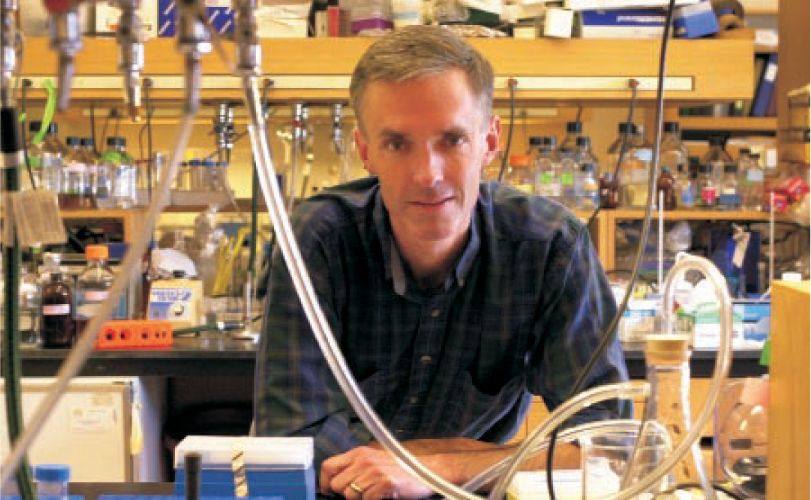Five in Physics Are 2003 MacArthur Fellows
DOI: 10.1063/1.1650235
The phone calls in early October came out of the blue. That’s how 24 people learned from the John D. and Catherine T. MacArthur Foundation that they were this year’s MacArthur fellows. Recipients included a short-story writer, a blacksmith, a conservation analyst, and the following five individuals who engage in physics-related work: James J. Collins, Deborah Jin, Ned Kahn, Amy Rosenzweig, and Xiaowei Zhuang.
Collins, who is the director of Boston University’s Applied Biodynamics Laboratory and codirector of the university’s Center for Biodynamics, combines physics, mathematics, engineering, and biology in his research on the complex mechanisms that control biological systems. Much of his work focuses on creating nonlinear dynamical techniques and practicable devices to characterize, improve, or imitate biological function. For example, in work to better understand how noise can enhance or degrade biological signals, his lab showed that the introduction of tiny, random vibrations in footpads improved the ability of older people to maintain their balance despite peripheral nerve deficits.
Recently, Collins has applied what he knows about the biophysics of noise to controlling gene networks in living cells. He and his colleagues have created statistical and experimental methods to examine the genetic interactions that regulate physiologic balance within cells. According to the MacArthur Foundation, “Throughout his research, Collins demonstrates a proclivity for identifying abstract principles that underlie complex biological phenomena and for using these concepts to solve concrete, practical problems.”
Jin, says the foundation’s citation, has “made early and critical advances toward reliable experimental production of … the degenerate Fermi gas.” In 1999 at JILA, Jin, a physicist at NIST, and Brian DeMarco, then a graduate student at the University of Colorado at Boulder, were the first to produce a Fermi gas of atoms (see Physics Today, October 1999, page 17
Theoretically, the fermions at the higher energy states of a degenerate gas should form Cooper pairs. That phenomenon has not yet been demonstrated in the lab, but Jin and others are working on it (see Physics Today, October 2003, page 18
Kahn, an artist and exhibit builder who has a background in environmental science, explores natural phenomena through his art. His works typically incorporate elements of fluid dynamics, optics, acoustics, and other fields of physics. During the 1980s, he was an apprentice to physicist Frank Oppenheimer at San Francisco’s Exploratorium, which Oppenheimer founded. Kahn’s works include Gaussian Melody , whose pin array, related to the Gaussian distribution, produces a random tune. He is shown in the photo below with Dry Wave , a visual exploration of the granular state of matter. “Converting abstract principles into tangible representations, Kahn’s work is accessible to a vast and diverse audience, attracting and holding the attention of children, adults, artists, and physicists alike,” says the foundation’s citation.
Working out of Ned Kahn Studios in Sebastopol, California, he has designed exhibits for museums in the US, Canada, and Japan and has completed numerous public art commissions. Kahn’s exhibits “strike an emotional chord,” says the foundation, “reminding the viewer of nature’s capacity to inspire apprehension, serenity, wonder, and awe.”
Rosenzweig’s work involves using x-ray crystallographic, biophysical, and biochemical methods to investigate the relationship between structure and function in metalloproteins. Metal ions are critical to healthy cell function, but deviant metal metabolism can be toxic to the body and result in disease. “Although Rosenzweig’s research focuses on bio-inorganic structures and the atomic and molecular scale,” says the citation, “the implications for biology are profound.”
An associate professor of biochemistry, molecular biology, and cell biology at Northwestern University, Rosenzweig is currently working with colleagues on a number of projects, including one to help understand the molecular mechanisms of metal ion homeostasis. Other research areas include the chemical mechanisms of dioxygen activation at multinuclear metal centers and the structure and chemical mechanisms of enzymes involved in biosynthesizing antibiotics. Her research, says the foundation, “expands our understanding of basic processes at the interface of bio-inorganic chemistry and cell physiology.”
Zhuang is working on developing biophysical techniques to monitor the behavior of biological molecules or systems at the single-molecule or single-functional-unit level. An assistant professor in Harvard University’s departments of physics and of chemistry and chemical biology, she has used single-molecule fluorescence spectroscopy to demonstrate that a given enzyme molecule can take more than one path during folding or catalysis and that individual molecules in reversible processes seem to “remember” their preferred path.
Her group is investigating the molecular mechanisms and cellular pathways of viral infections by tracking the behavior of individual viruses, single viral proteins, and single viral genes using state-of-the-art fluorescence microscopy. “Understanding this process … at the individual molecule level,” says the citation, “will provide critical insights into the basic biology of infection.” Zhuang and her group are using fluorescence spectroscopy to study the folding and assembly dynamics of ribonucleic acid and ribonucleoprotein enzymes at the single-molecule level. In collaboration with Charles Lieber’s group at Harvard, they are developing nanoelectronic devices to sense both biological molecules and pathogens at the single-unit level.
Since 1981, the foundation has awarded MacArthur fellowships to approximately 20–25 people annually. Each of this year’s fellows will receive an unrestricted grant of $500 000 over the next five years.

Jin
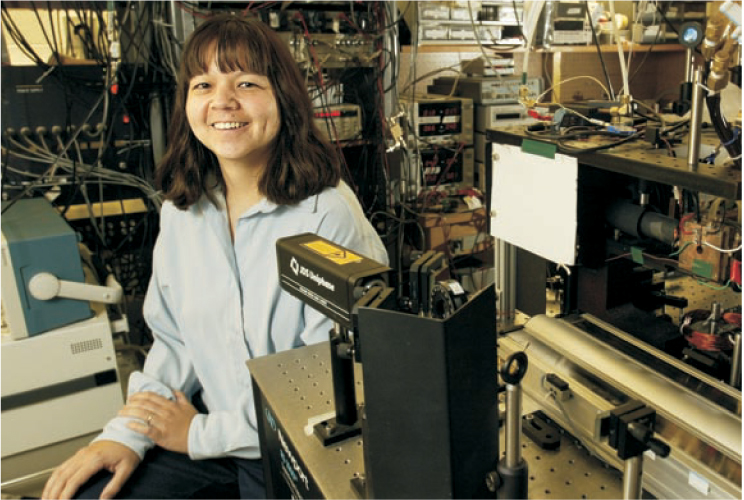

Zhuang
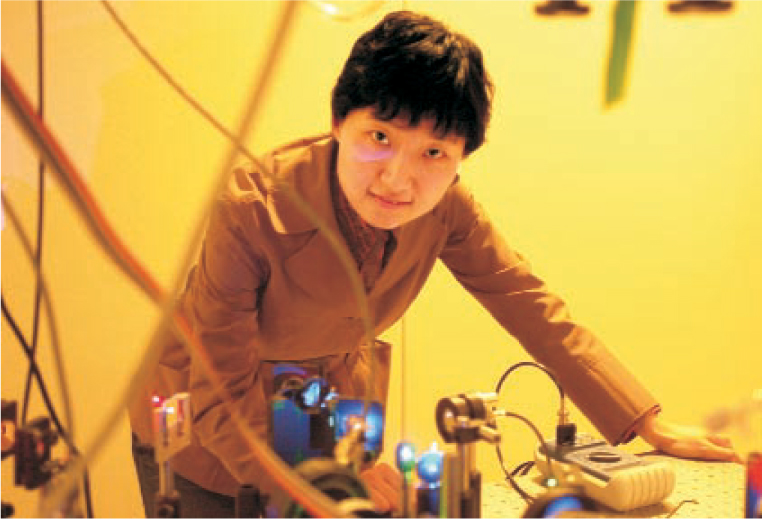

Rosenzweig
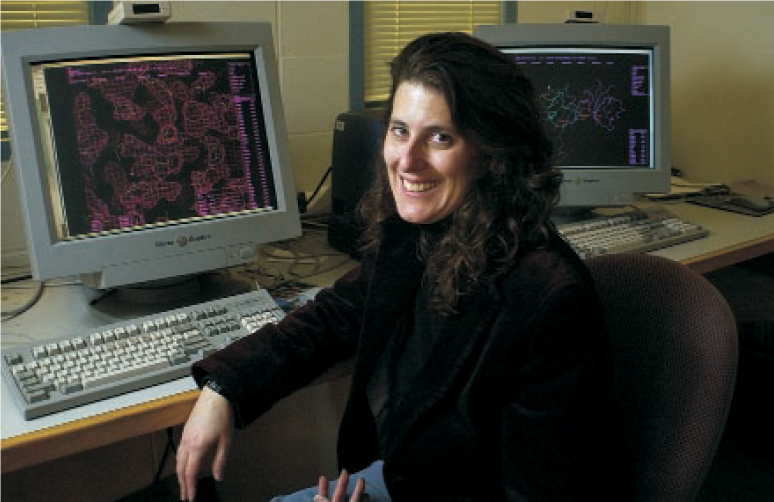

Kahn
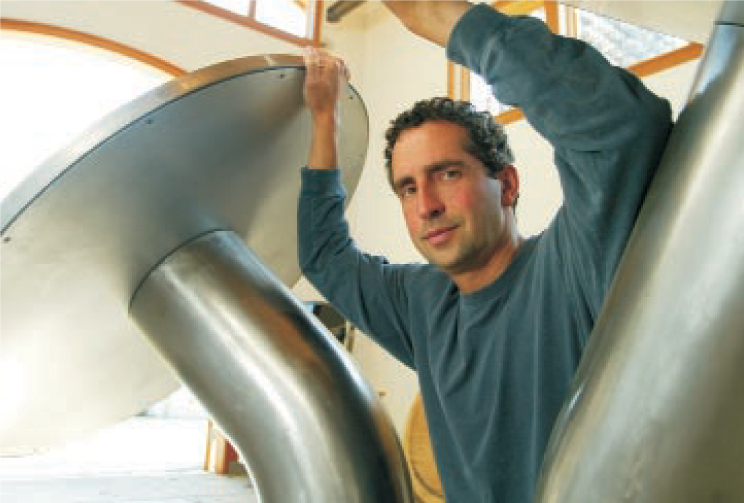

Collins
